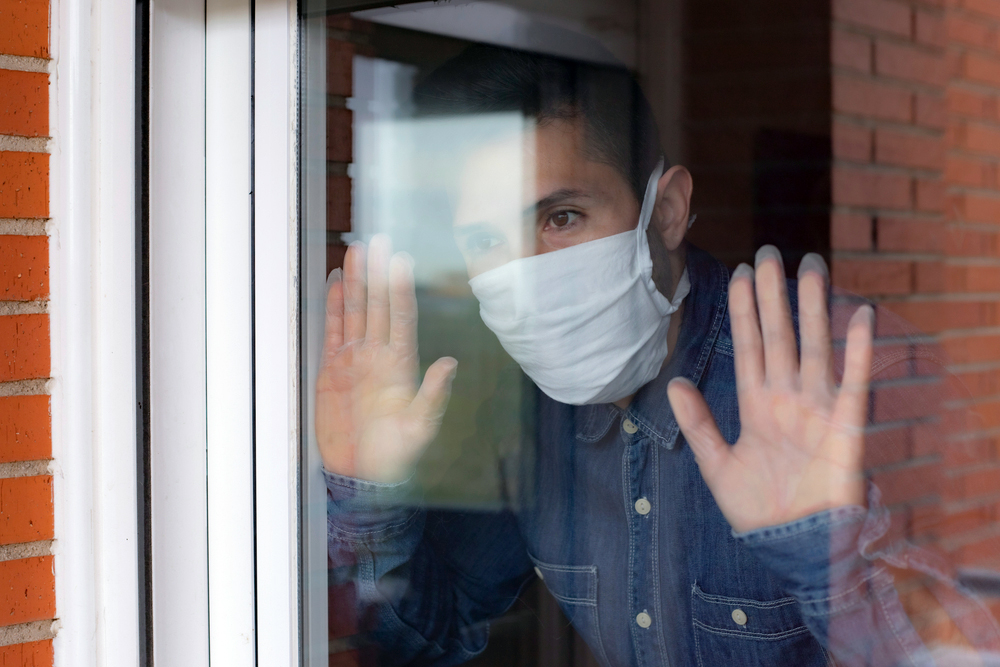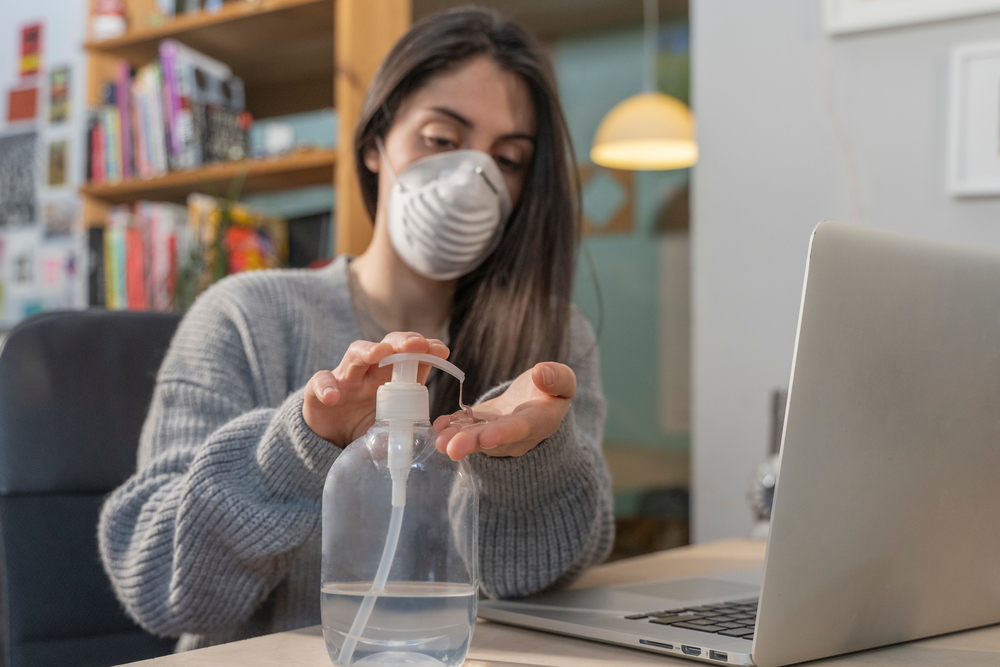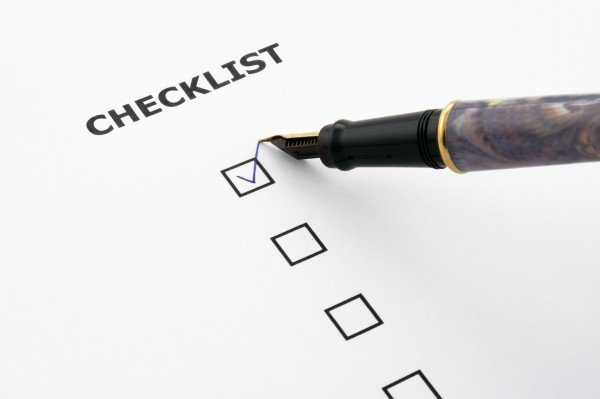Do It Yourself
What To Do If You Have COVID-19 Signs of Infection?

What are the signs of infection and what do you do if you observe these signs on yourself or a family member? Check out these tips below!
Checking for Signs of Infection
With all of the recent closures and new safety measures being implemented around the country, there’s no doubt that COVID-19 is a serious threat to Americans’ health. But research has shown that this new coronavirus is unpredictable at every turn – from who contracts it, to who has serious symptoms as a result of it.
Individual family members, people of all ages, and even those who have socially distanced have all contracted the virus with varying results. Some people who test positive experience no symptoms while others quickly succumb to being unconscious on a ventilator.
One of the main and most concerning symptoms is difficulty breathing as the virus attacks the respiratory system. But other symptoms include cough, fever, chills, shortness of breath, inability to smell or taste, muscle pain, sore throat, pain in the chest, confusion, bluish lips or face, and extreme exhaustion.
But what do you do if you are experiencing these signs of infection or believe that you may have COVID-19?
Be Proactive About Care

To prevent spreading the virus, stay home! Follow these steps to limit infecting others:
- Isolate yourself as much as you can
- Make family members aware of your concerns so that they can take extra care and wear masks around you
- Stay hydrated
- Wash your hands often
- Disinfect surfaces throughout the day
- Cover your coughs and sneezes
- Dispose of used tissues carefully and frequently
- Avoid public transportation, taxis, and rideshare services
If possible, stay in one room and use a bathroom separate from other family members. Treat symptoms with over-the-counter or home remedies to increase your comfort level. As with anytime that you are sick, try to get some fresh air.
If your symptoms intensify to a point where you are struggling to breathe or cannot be woken up, seek medical attention immediately. Be clear with medical professionals about your symptoms and wear a face covering as you interact with anyone.
When to Stop Isolation
If your symptoms were relatively mild and you stayed at home for the duration of your illness, you may wonder when it is safe to come out of isolation.
If you did not get tested but self-isolated out of caution, your fever must be gone for 72 hours, your symptoms improved across the board, and more than 10 days passed since your symptoms first appeared. At that point, it is considered safe to leave your home – but wear a face mask in an effort to protect others.
If you do have access to testing, your fever must be gone and you must receive two negative tests given 24 hours apart.
Try Not to Panic

Much like the flu, COVID-19 is highly contagious and more dangerous to the elderly and those with existing or underlying medical conditions. While serious cases have been reported in young and healthy people, the recovery rate is very high.
The most important thing if you are experiencing symptoms, is to isolate yourself. Even a quick trip to the grocery store can expose dozens of people to your germs, including the at-risk population. Be thoughtful and track symptoms if they intensify so that you can convey your timeline to your doctor.
Did these signs of infection and tips give you some peace of mind? We’d love to hear your thoughts in the comments section!
Up Next:
-

 Do It Yourself7 months ago
Do It Yourself7 months agoParacord Projects | 36 Cool Paracord Ideas For Your Paracord Survival Projects
-

 Do It Yourself9 months ago
Do It Yourself9 months agoHow To Make Paracord Survival Bracelets | DIY Survival Prepping
-

 Do It Yourself9 months ago
Do It Yourself9 months ago21 Home Remedies For Toothache Pain Relief
-

 Do It Yourself10 months ago
Do It Yourself10 months agoSurvival DIY: How To Melt Aluminum Cans For Casting
-

 Exports8 months ago
Exports8 months agoAre Switchblades Legal? Knife Laws By State








Pingback: Covid: Thinking Through a Year of Crisis [PODCAST] | Best Go Bag